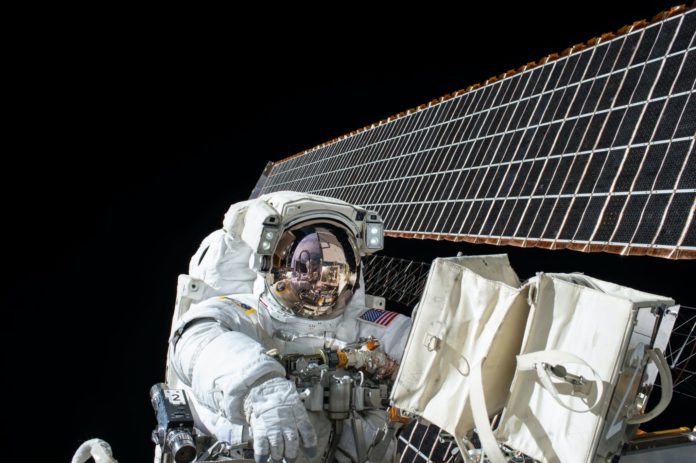Key Highlights:
- Microsoft and Hewlett Packard Enterprise are working together with NASA scientists to build an AI system.
- The AI system will quickly detect even the small signs of wear and tear in the gloves which would end up compromising the safety.
- This project will work as a great example to combine the power of AI with edge computing in areas with a limited connectivity space.
Microsoft and Hewlett Packard Enterprise are working together with NASA scientists to build an AI system for inspecting astronauts’ gloves.
We have witnessed that the space is an unpredictable environment and equipment failures can be catastrophic. For the astronauts, the gloves are important and used in almost everything from repairing and installation. Considering their usability, they are always prone to wear and tear.
The astronauts are asked to share the images of their gloves back to the Earth, which will be manually examined by NASA analysts.
Hewlett, NASA, and Microsoft work together
Tom Keane, the Corporate Vice President of Mission Engineering at Microsoft, commented, “This process gets the job done with the ISS’s low orbit distance of about 250 miles from Earth, but things will be different when NASA once again sends people to the moon, and then to Mars – 140 million miles away from Earth.”
By leveraging the power of HPE’s Spaceborne Computer-2 the teams from Microsoft, Hewlett, and NASA will be developing an AI system. This AI system will quickly detect even the small signs of wear and tear in the gloves which would end up compromising the safety.
Microsoft envisions an AI-aerospace future
This project will work as a great example to combine the power of AI with edge computing in areas with a limited connectivity space. If the project works, it would extend the detecting capabilities of early damage in other areas as well.
Microsoft is envisioning that the device HoloLens2 or a successor can be used by astronauts to detect the damage in real-time. Commenting on this theory, Jennifer Ott, Data and AI Specialist at Microsoft, said “Bringing cloud computing power to the ultimate edge through projects like this allows us to think about and prepare for what we can safely do next – as we expect longer-range human spaceflights in the future and as we collectively begin pushing that edge further out.”




